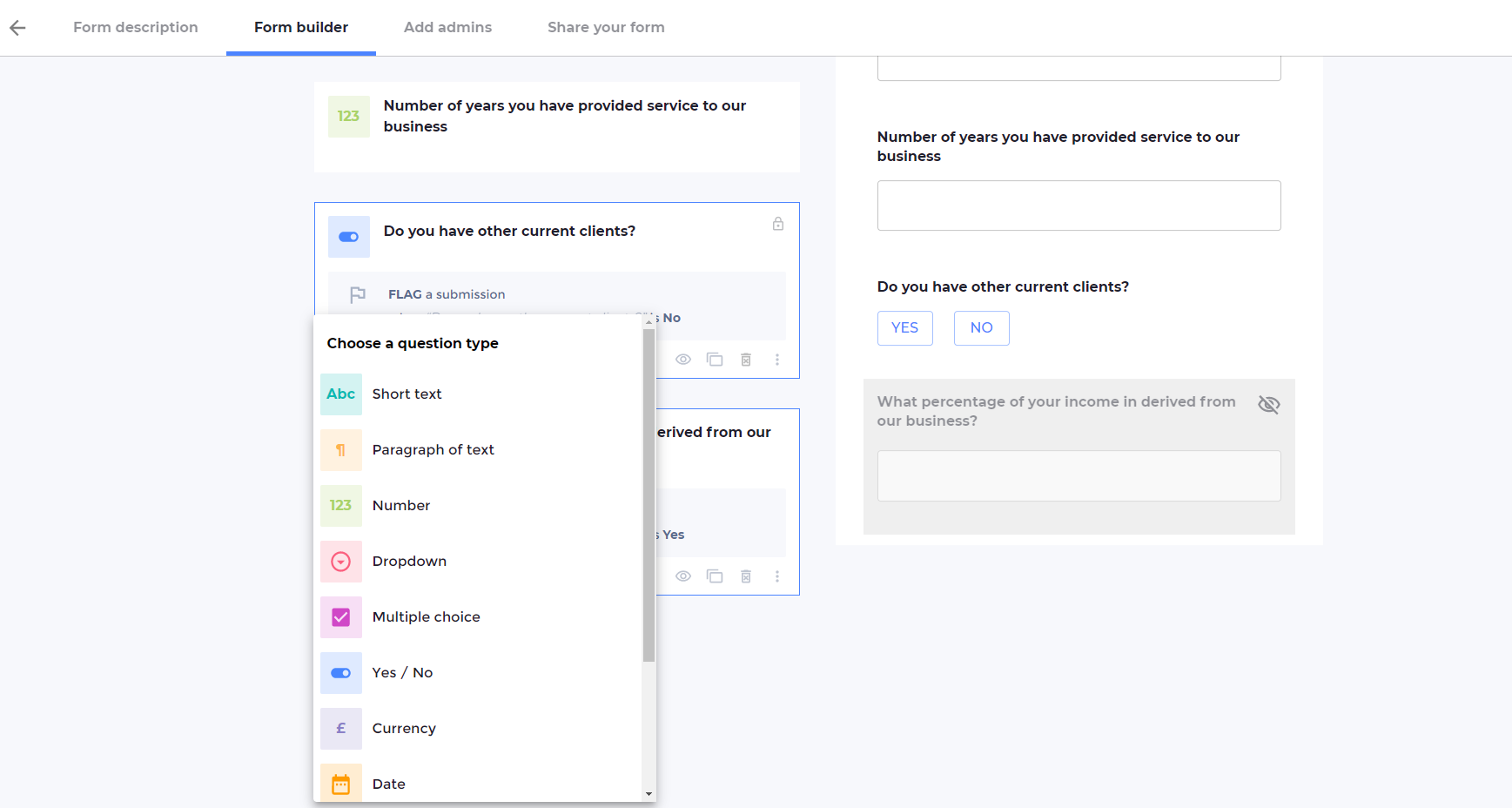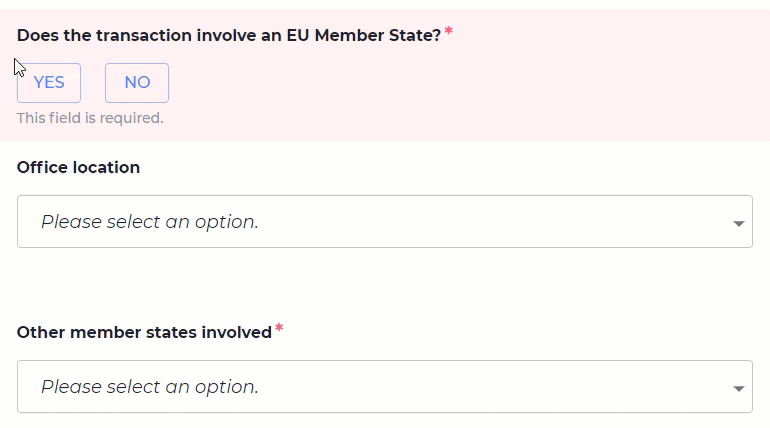What is IR35?
IR35 is a new law designed to reduce tax evasion among freelancers and contractors. Some workers were disguised employees, meaning they operated as permanent employees but were contracted through their own company to claim tax benefits.
Think of Lorraine Kelly who wasn’t directly an employee of ITV, but an actor playing the role of Lorraine Kelly, thus claiming tax breaks for performers.
IR35 kicks in if a contractor is operating through an intermediary, like a limited company, but if not for that intermediary the worker would in actual fact be an employee.
In the Lorraine Kelly scenario, the contractor’s client (ITV), has to determine whether IR35 applies. This means deciding if Lorraine Kelly is a disguised employee of ITV, or a genuine contractor who is free to perform as Lorraine Kelly in other places, children’s birthday parties, pantos and the like, and be genuinely paid through an intermediary (Lorraine Kelly Ltd).
If the contractor falls within IR35, (Lorraine Kelly is for all intents and purposes an ITV employee, and not an independent contractor), then the intermediary (Lorraine Kelly Ltd) is required to make extra payments to compensate for the additional tax and NI that HMRC would have received on an equivalent employee’s wages.
Why was IR35 introduced by the government?
IR35 was introduced by the government to address the issue of “deemed employment.’ This refers to the practice in which organisations engage workers on a self-employed or contractor basis and usually through an intermediary, rather than on an employment contract, such that they become ‘deemed’ or ‘disguised’ employees. IR35 is the UK’s anti-avoidance tax legislation designed to tax ‘disguised’ employment at a rate similar to employment.
What impact will IR35 have on contractors?
Under IR35, contractors have to pay roughly the same amount of income tax as an employee when considering the corporation tax and dividend taxes combined. But they still don’t get employment benefits, like paid holiday or sick leave from their managing business.
Previously, contractors could opt for a higher salary and choose to forgo their employment rights. But the IR35 significantly diminishes their earning potential and requires them to pay higher taxes, causing this type of employment to lose its appeal.
Therefore, many contractors are unhappy about the legislation and have looked for permanent jobs. The legislation makes it harder for organisations to recruit contractors and makes it more likely that they’ll need to pay the additional fees associated with hiring a new employee.
How do you determine IR35 status?
Initially, contractors had been required to declare their IR35 status but since 2017, public sector organisations have had to ascertain whether their contractors were covered. From 6 April 2020, the medium and large companies’ private sector will also have to ascertain whether their contractors fall inside or outside of IR35.
There are a variety of factors that help determine whether a contractor falls inside or outside of IR35. Using the Lorraine Kelly scenario as an example, some of these include:
- Right of substitution – can Lorraine Kelly have someone fill in for her that day as her? If Lorraine Kelly Ltd. employs a crew of look-alikes who are on call, then the relationship probably falls outside of IR35.
- Mutuality of obligation – does Lorraine Kelly expect ITV to provide her with work on a continual basis? If not, and she’s just filling in for gaps in the schedule, then it probably falls outside of IR35.
- Right of control – does Lorraine Kelly get full control over what happens on her show, without any input from ITV? If so, then it probably falls outside of IR35.
Inside and outside IR35: What does it mean?
Being outside IR35 means the contractor-client relationship is a normal one. The contractor is there to do a specific job, doesn’t have access to employee benefits, has the freedom to work on their own without management supervision, brings their own equipment, and can terminate a contract when they wish.
Being inside IR35 means the contractor-client relationship has enough similarities to a full-time employee/employer relationship for the contractor to be deemed in actual fact a disguised employee.
Falling inside IR35 will prevent the contractor from using traditional tax-planning methods, such as a small salary and high dividends, to minimise tax obligations. Instead, the client (ITV) will have to pay almost the entire fee as salary to the contractor, meaning income tax and NI will have to be paid.
A delay to IR35 implementation?
While IR35 was due to be rolled out to the private sector in April 2020, this might now be subject to change. In the run-up to the election, Sajid David said the Conservatives would look again at the rules.
The policy change is likely to net the Treasury an additional £1.3bn, so whether pre-election promises turn into concrete changes remains to be seen. Nevertheless, businesses are well-advised to continue preparations for IR35.
How we can help with IR35?

VinciWorks’ Omnitrack solution can be used to track anything. Our specialised IR35 forms will help determine which contractors are likely to be covered by the rules. Additionally, the system can flag relevant users and produce reports to enable you to stay on top of the requirements. Template forms are readily available and are fully customisable.













